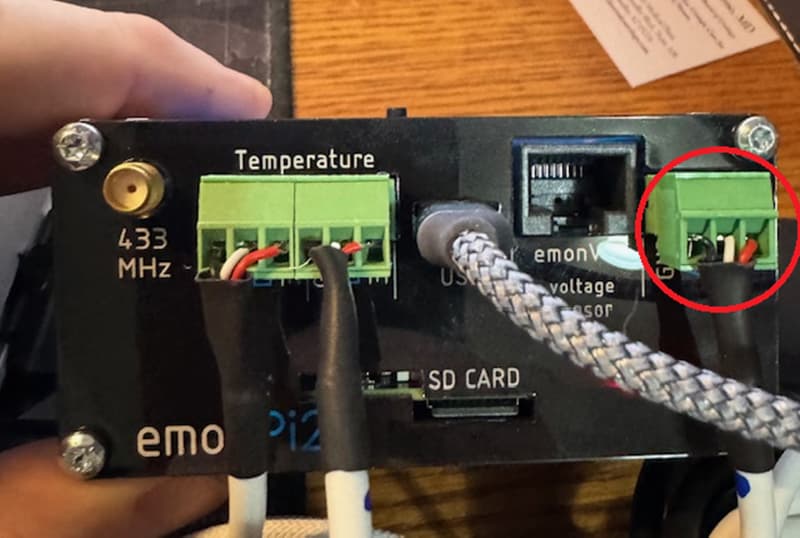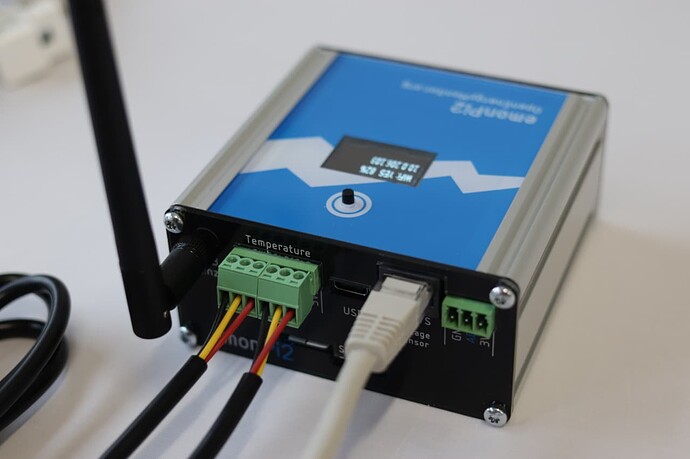@grod55
Happy to help!
Just one thing - I don’t have a emonPi2 so I can’t look at emonHub or try things out - I’m going by the documentation (see links in previous posts) …
The docs say that
We have tested up to 6 temperature sensors connected at once, the one-wire bus should however support more than this. There is a useful discussion on how many sensors can be supported on a single RaspberryPi GPIO input here.
Short answer - yes you can use the Terminal Block Breakout for DS18B20 with the emonPi2; I don’t know if the IDs would need to be added manually to the emonHub cofiguration or whether they would automatically be added.
Long answer -
Just a bit of background explanation first which may be helpful (or perhaps confusing!):
Earlier models e.g. the emonPi1 and emonTx3 did not have terminal blocks for the Temperature, Pulse and Analog inputs. Instead a RJ45 connector was used. The Terminal Block Breakout for DS18B20 would be connected to the emonPi1 / emonTx3 with a RJ45 cable, and the DS18B20 sensors wired to the terminal blocks. The board just separately parallels up each of the three sensor connections (GND, DATA, +V) with the appropriate pin on the the RJ45 connectors. The emonPi1 / emonTx3 used 5V to power the DS18B20 sensors, as they can work at either 5v and 3.3V
The emonPi2 and emonTx5 onwards uses the RJ45 connector for the AC reference voltage and 5V power - it does not have any sensor connections. The sensor connections are on the terminal blocks.
To use the Terminal Block Breakout for DS18B20 with an emonPi2 / emonTx5 you would put three wires (just wires, not a sensor) in a emonPi2 / emonTx5 terminal block as follows:
a black lead (GND) in the left connection of the terminal block
a yellow lead (DATA) in the middle connection of the terminal block
a red lead (+3.3V) in the right connection of the terminal block
these wires would be then connected to one set of three terminals on the Terminal Block Breakout for DS18B20 as follows:
black lead (GND) to GND
yellow lead (DATA) to 1-W (one wire)
red lead (+3.3V) to +5V
up to five DS18B20 sensors can then be connected to the 5 remaining sets of three terminals on the Terminal Block Breakout for DS18B20 as follows:
black lead (GND) to GND
yellow lead (DATA) to 1-W (one wire)
red lead (+3.3V) to +5V
If more than five DS18B20 sensors are needed, a second Terminal Block Breakout for DS18B20 can be daisy-chained to to first one with a RJ45 to RJ45 lead.
Hope all this makes sense! If not please ask!



